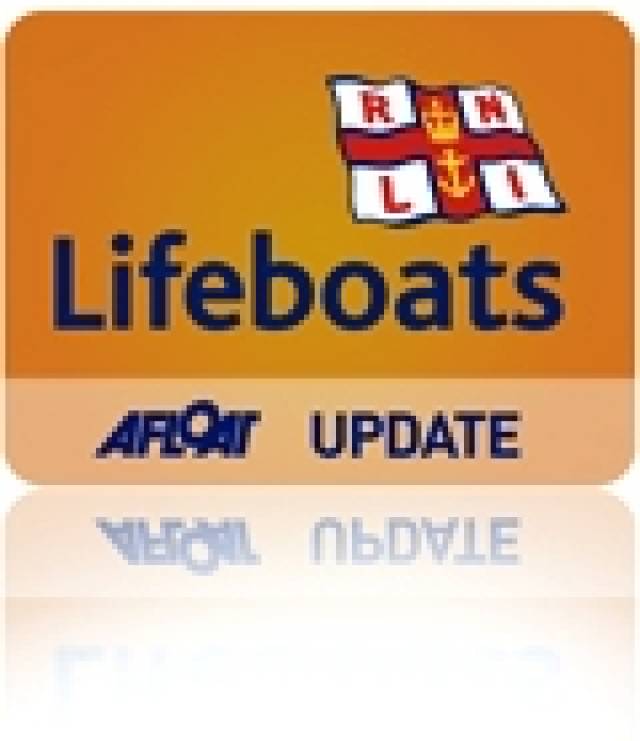#rnli – An outdoor exhibition showcasing striking photos of the lifesaving work of the RNLI in Ireland and the UK will be displayed on Grand Canal Square Dublin from Friday 15 November to Monday 2 December. The unique display will be freely available to view by everyone, 24 hours a day in all weathers.
From dramatic shots of lifeboats battling fierce seas to candid portraits of the charity's dedicated volunteer crew members, lifeguards and fundraisers, The Lifeboat: Courage on our Coasts exhibition showcases over 50 iconic images captured through the lens of RNLI lifeboat crew member and award-winning professional photographer Nigel Millard.
The exhibition will be the first time that photographs of the RNLI's work have been made available to the public in this way. It features some of the most impressive photos from Nigel Millard's new book, The Lifeboat: Courage on our Coasts.
Nigel's photos – the result of two years' work – offer a unique eyewitness insight into the lifesaving work of the RNLI. Among the Irish lifeboat stations to feature in the exhibition are Baltimore in west Cork, Achill Island in Mayo, Rosslare Harbour and Kilmore Quay in Wexford, Dunmore East in Waterford and Newcastle in Down. A number of Irish faces also feature in a portrait montage that sums up the RNLI's family, those who give their time and talents to support the lifeboat crew or those who carry out the rescues themselves.
In 2011, Nigel was on the Baltimore lifeboat that arrived on scene with not a moment to spare when the crew of the Rambler 100 had been thrown from their yacht during the Rolex Fastnet race.
Spectators will also be treated to the varied range of images which depict the rough weather conditions lifeboats crews in Ireland launch into on many search and rescue operations. Rosslare Harbour lifeboat crew use their Severn class, Donald and Barbara Broadhead to tackle angry swells in the Irish Sea while Ireland's first Tamar class lifeboat, stationed at Kilmore Quay, makes short work of the heavy swells off the Wexford coast.
The book which is a celebration of the RNLI today features images from 20 Irish lifeboat stations.































































